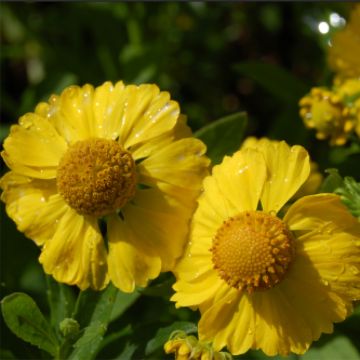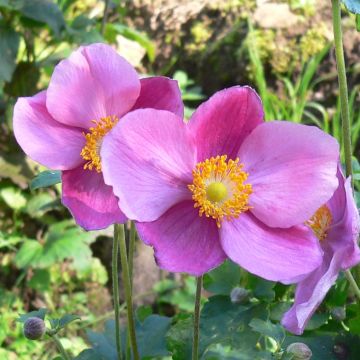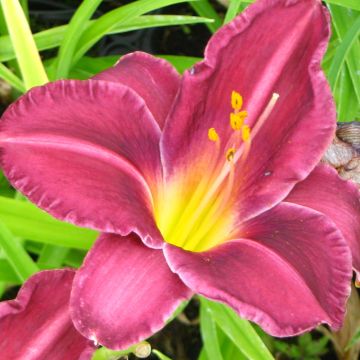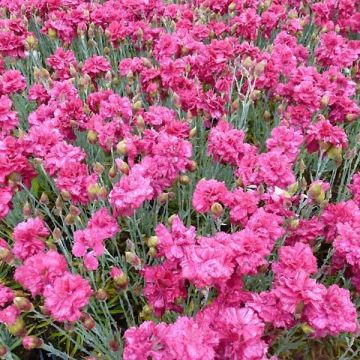

Prunella vulgaris - Brunelle commune
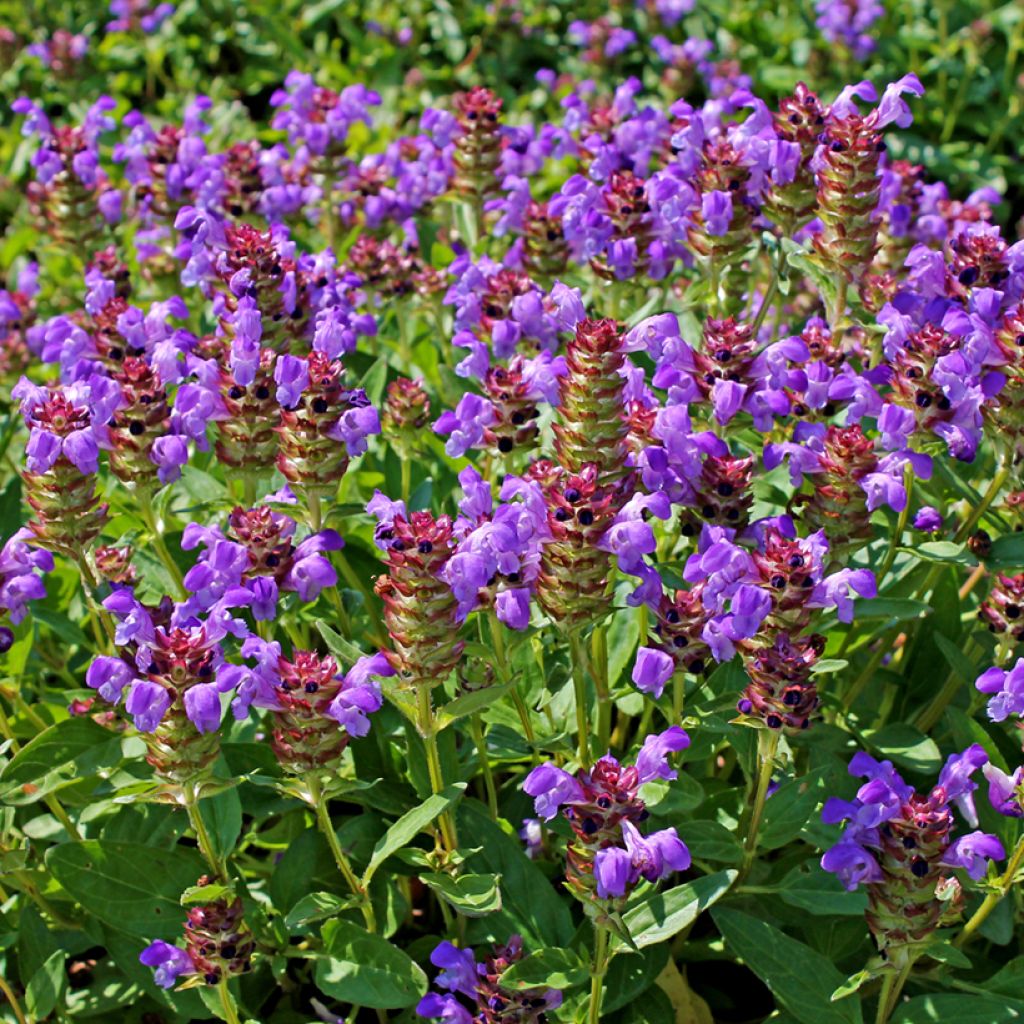

Prunella vulgaris - Brunelle commune


Prunella vulgaris - Brunelle commune


Prunella vulgaris - Brunelle commune


Prunella vulgaris - Brunelle commune
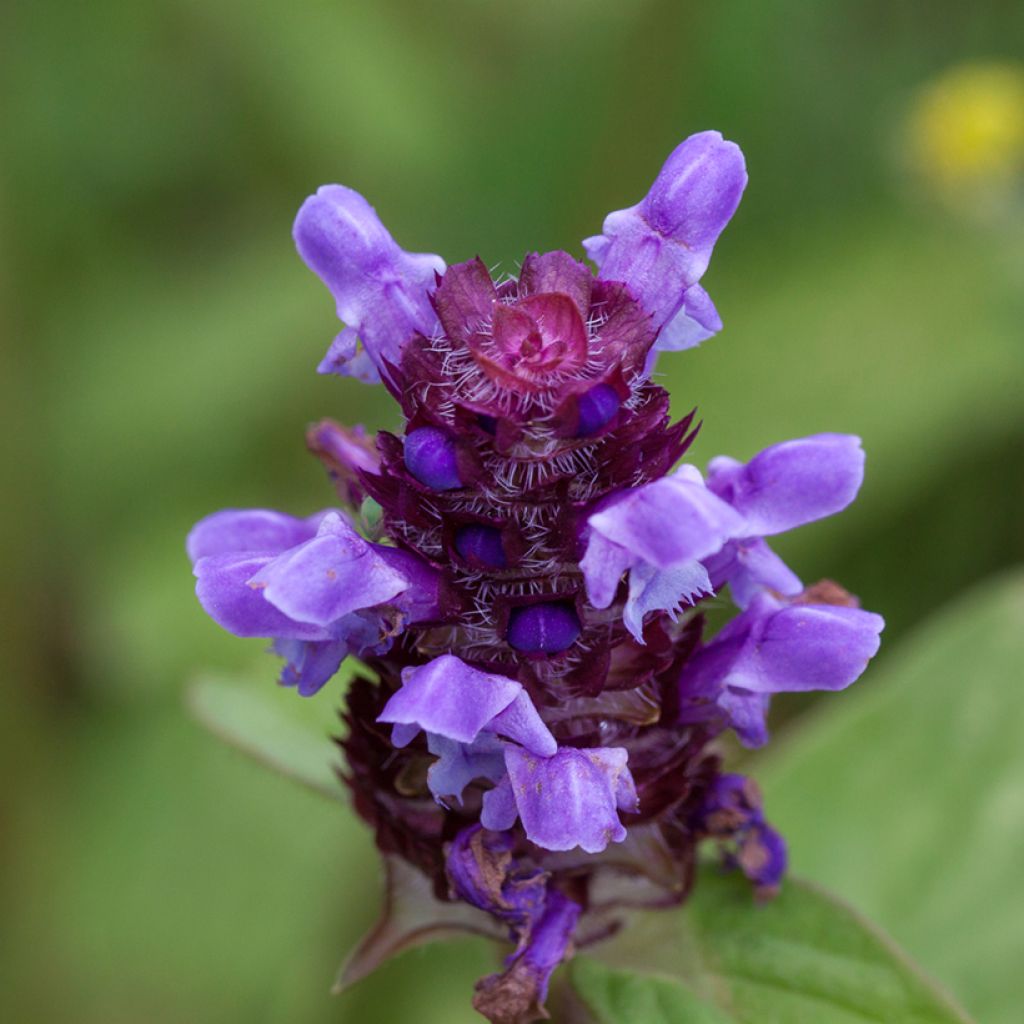

Prunella vulgaris - Brunelle commune
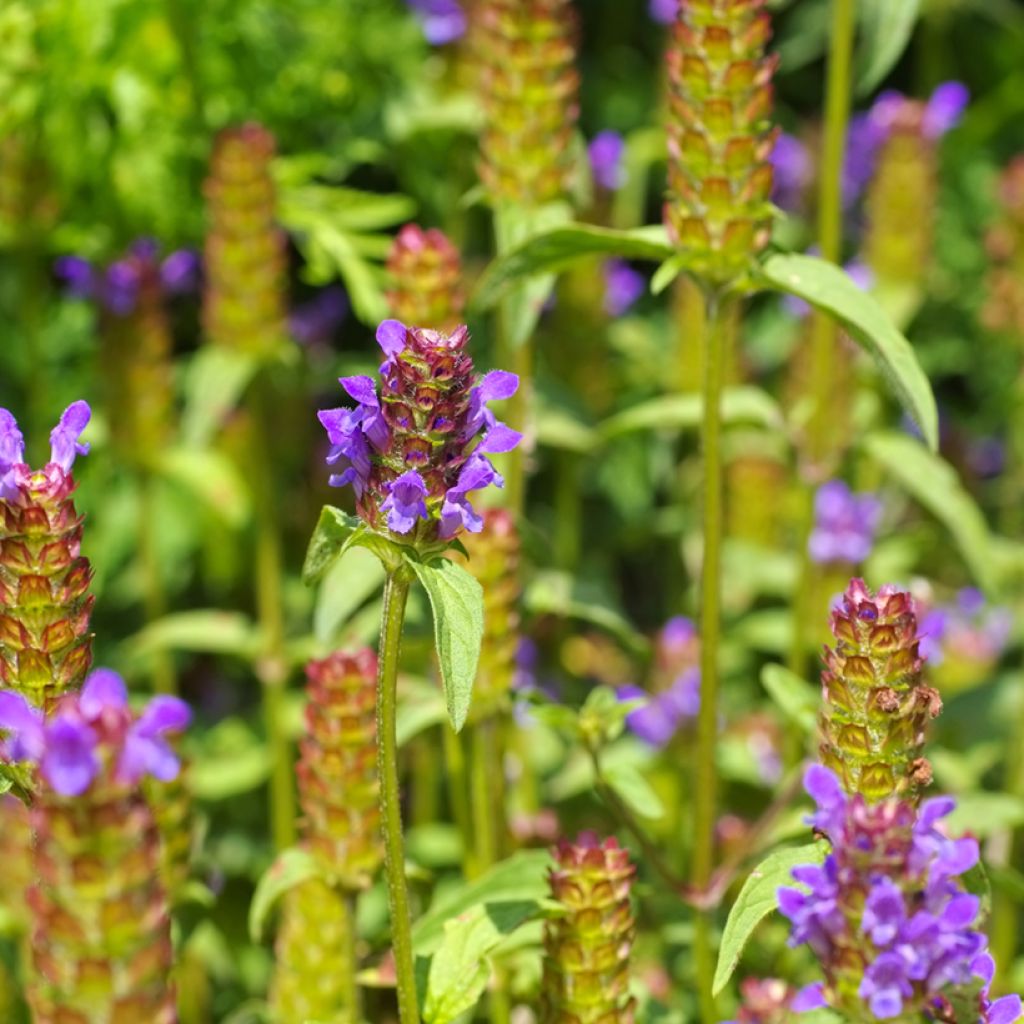

Prunella vulgaris - Brunelle commune
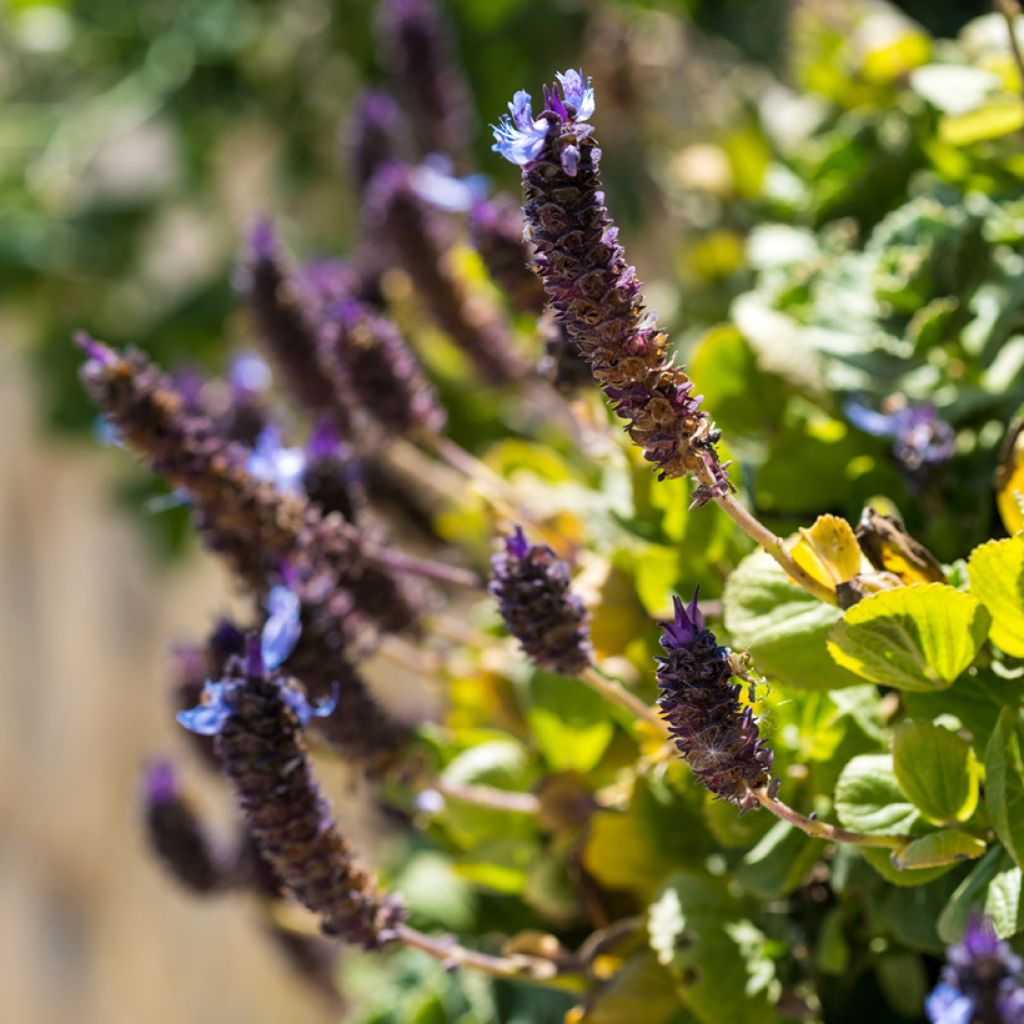

Prunella vulgaris - Brunelle commune
Prunella vulgaris - Self-heal
Prunella vulgaris
Common Self-heal, Heal-all
This item cannot be shipped to the selected country
Delivery charge from €5.90
More information
Schedule delivery date,
and select date in basket
This plant carries a 12 months recovery warranty
More information
We guarantee the quality of our plants for a full growing cycle, and will replace at our expense any plant that fails to recover under normal climatic and planting conditions.
From €5.90 for pickup delivery and €6.90 for home delivery
Express home delivery from €8.90.
Does this plant fit my garden?
Set up your Plantfit profile →
Description
The Prunella vulgaris, also known as Selfheal, Heal-All, or Carpenter's Herb, is a perennial botanical species found in France and Europe, traditionally used for its therapeutic properties. Its compact spikes loaded with small nectar-rich flowers adorn its beautiful velvety foliage in shades of blue-violet during the summer. This vigorous and hardy perennial is ideal for rock gardens or sunny borders. It spreads through creeping stems in moist, rocky, and limestone soils, forming a ground cover that requires very little maintenance. It leaves little room for weeds and can also replace grass in small, cool, and low-traffic areas.
The Prunella vulgaris is a cousin of dead-nettles, salvias, and thymes, belonging to the lamiaceae family. It is native to central and southern Europe, where it grows on limestone soils in fields, pastures, or wooded paths. This perennial develops rapidly from a creeping stem, sending up ascending or erect stems that root at the nodes upon contact with the ground. It forms a slightly spreading, ramified basal tuft, 15 to 20 cm (6 to 8in) in height, gradually spreading over time. Flowering occurs from June to September depending on the climate. The plant produces short, compact spikes, clearly above its foliage, on square stems, with 2 cm (1in) wide flowers in a blue-violet colour. This nectar-rich flowering attracts numerous pollinating insects. The leaves are opposite, lanceolate, villous, 3 cm (1in) wide, petiolate, entire or dentate, strongly veined, in a beautiful dark green colour. They persist to a varying degree in winter, depending on the climate.
With its compact and ramified habit, Prunella vulgaris is perfectly suitable as a ground cover, in borders, rock gardens, or even in containers and pots. The only requirement for successful cultivation is to choose a moist, well-drained soil. It also performs well in semi-shaded locations, under trees or shrubs, alongside other Selfheals, such as Prunella grandiflora Pink Loveliness or White Loveliness. Also consider pairing it with Hardy Geranium macrorrhizum, for example. It can also be associated with alpine plants such as Androsaces or the Himalayan Primrose.
Report an error about the product description
Prunella vulgaris - Self-heal in pictures


Flowering
Foliage
Plant habit
Botanical data
Prunella
vulgaris
Lamiaceae
Common Self-heal, Heal-all
Central Europe
Other Perennials A to Z
Planting and care
Selfheal appreciates rather moist but well-drained soils, and an exposure to full sun or semi-shade. It prefers light soils, rich in organic matter, and needs constant moisture in summer. It tolerates drought poorly during flowering. Remove faded flower spikes after flowering if you wish to avoid spontaneous sowing. When they cover the ground over large areas, young plants can be mown after flowering to remove faded flower spikes and maintain an attractive habit. Clean the clump in late winter.
Planting period
Intended location
Care
This item has not been reviewed yet - be the first to leave a review about it.
Summer flowering perennials
Haven't found what you were looking for?
Hardiness is the lowest winter temperature a plant can endure without suffering serious damage or even dying. However, hardiness is affected by location (a sheltered area, such as a patio), protection (winter cover) and soil type (hardiness is improved by well-drained soil).

Photo Sharing Terms & Conditions
In order to encourage gardeners to interact and share their experiences, Promesse de fleurs offers various media enabling content to be uploaded onto its Site - in particular via the ‘Photo sharing’ module.
The User agrees to refrain from:
- Posting any content that is illegal, prejudicial, insulting, racist, inciteful to hatred, revisionist, contrary to public decency, that infringes on privacy or on the privacy rights of third parties, in particular the publicity rights of persons and goods, intellectual property rights, or the right to privacy.
- Submitting content on behalf of a third party;
- Impersonate the identity of a third party and/or publish any personal information about a third party;
In general, the User undertakes to refrain from any unethical behaviour.
All Content (in particular text, comments, files, images, photos, videos, creative works, etc.), which may be subject to property or intellectual property rights, image or other private rights, shall remain the property of the User, subject to the limited rights granted by the terms of the licence granted by Promesse de fleurs as stated below. Users are at liberty to publish or not to publish such Content on the Site, notably via the ‘Photo Sharing’ facility, and accept that this Content shall be made public and freely accessible, notably on the Internet.
Users further acknowledge, undertake to have ,and guarantee that they hold all necessary rights and permissions to publish such material on the Site, in particular with regard to the legislation in force pertaining to any privacy, property, intellectual property, image, or contractual rights, or rights of any other nature. By publishing such Content on the Site, Users acknowledge accepting full liability as publishers of the Content within the meaning of the law, and grant Promesse de fleurs, free of charge, an inclusive, worldwide licence for the said Content for the entire duration of its publication, including all reproduction, representation, up/downloading, displaying, performing, transmission, and storage rights.
Users also grant permission for their name to be linked to the Content and accept that this link may not always be made available.
By engaging in posting material, Users consent to their Content becoming automatically accessible on the Internet, in particular on other sites and/or blogs and/or web pages of the Promesse de fleurs site, including in particular social pages and the Promesse de fleurs catalogue.
Users may secure the removal of entrusted content free of charge by issuing a simple request via our contact form.
The flowering period indicated on our website applies to countries and regions located in USDA zone 8 (France, the United Kingdom, Ireland, the Netherlands, etc.)
It will vary according to where you live:
- In zones 9 to 10 (Italy, Spain, Greece, etc.), flowering will occur about 2 to 4 weeks earlier.
- In zones 6 to 7 (Germany, Poland, Slovenia, and lower mountainous regions), flowering will be delayed by 2 to 3 weeks.
- In zone 5 (Central Europe, Scandinavia), blooming will be delayed by 3 to 5 weeks.
In temperate climates, pruning of spring-flowering shrubs (forsythia, spireas, etc.) should be done just after flowering.
Pruning of summer-flowering shrubs (Indian Lilac, Perovskia, etc.) can be done in winter or spring.
In cold regions as well as with frost-sensitive plants, avoid pruning too early when severe frosts may still occur.
The planting period indicated on our website applies to countries and regions located in USDA zone 8 (France, United Kingdom, Ireland, Netherlands).
It will vary according to where you live:
- In Mediterranean zones (Marseille, Madrid, Milan, etc.), autumn and winter are the best planting periods.
- In continental zones (Strasbourg, Munich, Vienna, etc.), delay planting by 2 to 3 weeks in spring and bring it forward by 2 to 4 weeks in autumn.
- In mountainous regions (the Alps, Pyrenees, Carpathians, etc.), it is best to plant in late spring (May-June) or late summer (August-September).
The harvesting period indicated on our website applies to countries and regions in USDA zone 8 (France, England, Ireland, the Netherlands).
In colder areas (Scandinavia, Poland, Austria...) fruit and vegetable harvests are likely to be delayed by 3-4 weeks.
In warmer areas (Italy, Spain, Greece, etc.), harvesting will probably take place earlier, depending on weather conditions.
The sowing periods indicated on our website apply to countries and regions within USDA Zone 8 (France, UK, Ireland, Netherlands).
In colder areas (Scandinavia, Poland, Austria...), delay any outdoor sowing by 3-4 weeks, or sow under glass.
In warmer climes (Italy, Spain, Greece, etc.), bring outdoor sowing forward by a few weeks.

































